Quantitative Trader Internship
General Interview Information
Interview Details
Want Access to these Wolverine Trading Overall Company Rankings?
- Free 1 month access by adding just 1 salary datapoint here
- REAL salary bonus data across 1,000+ companies
- Plus free 1 month access to 10,000+ interview insights

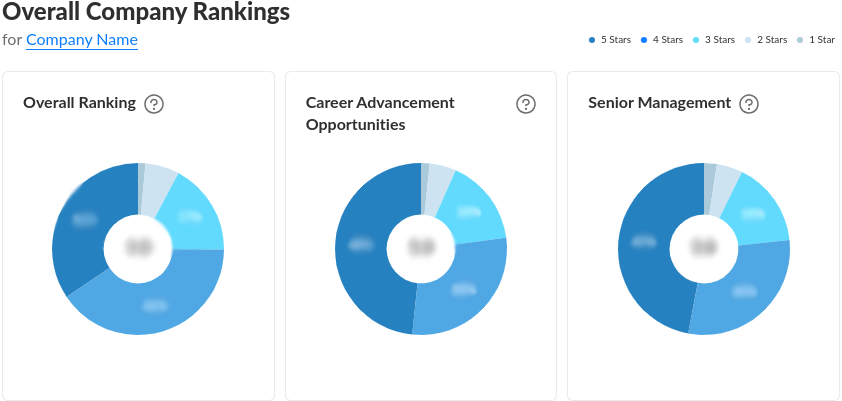
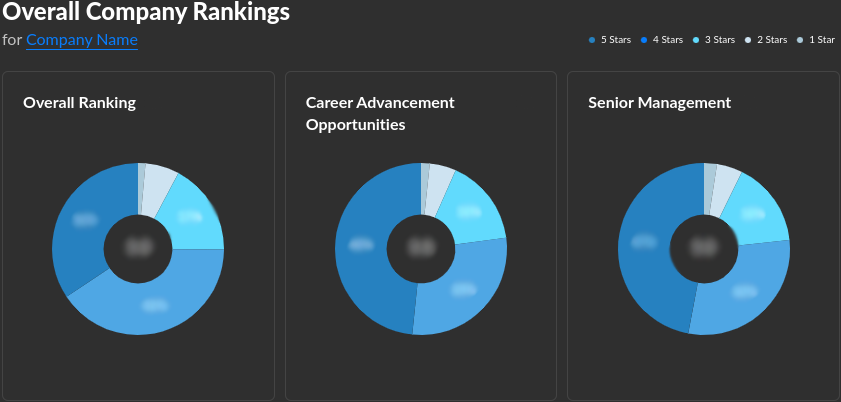

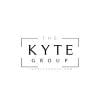

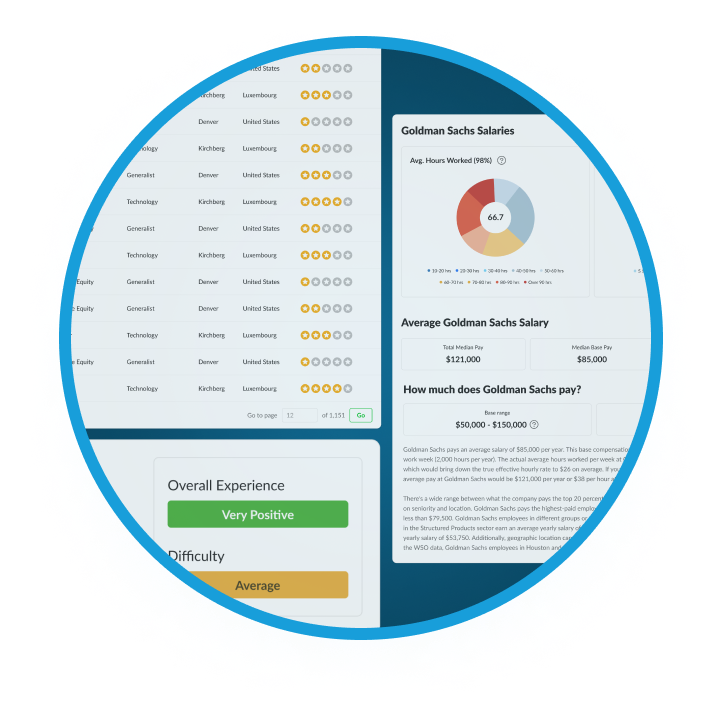
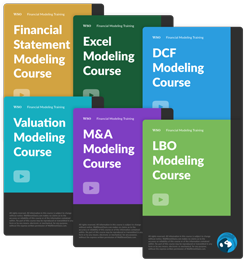
or Want to Sign up with your social account?